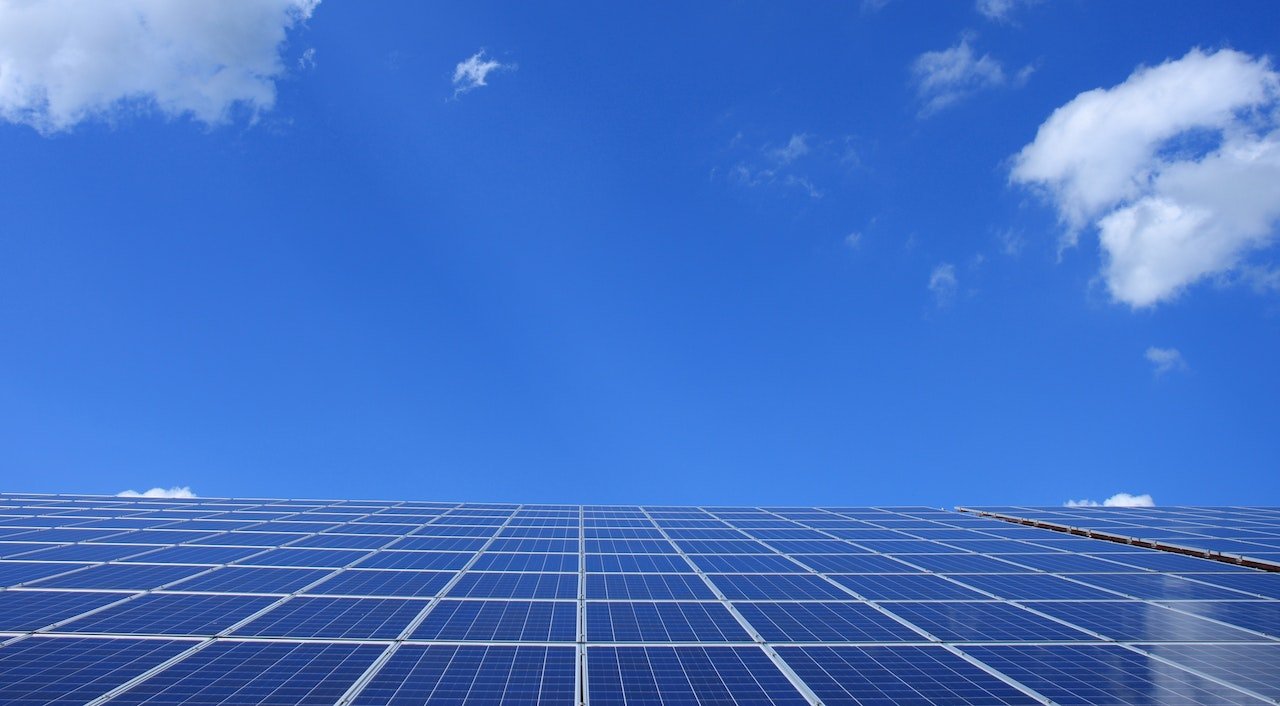Solar water heaters have gained popularity among homeowners because of the increased global emphasis on sustainable living. Harnessing sun energy makes solar water heaters an innovative, energy-efficient, and cost-effective choice that can meet regular household water needs. With a solar heater and adequate sunlight, you will have lower energy bills while embracing clean energy.
Here are a few things about solar water heaters to determine whether solar makes will benefit the home.
TRADITIONAL SYSTEMS VS. SOLAR-POWERED HEATERS
This off-grid option is different from traditional ones because it uses sun collectors. These are normally set up on rooftops to collect sunlight as direct heat. Solar water heaters then transfer this heat to the water.
While solar water heaters come in different designs, they typically include a storage tank and a collector. The collector absorbs the sun’s thermal energy to heat the water, while the storage tank keeps the water hot and connects this supply to the faucets.
This is slightly different from conventional water heaters that use gas or electricity. Solar energy is generally cleaner than burning gas, and electricity is frequently generated in coal power plants.
The issue with solar collectors is that they have limited application and can’t produce electricity to power appliances. A photovoltaic solar energy system can create a truly off-the-grid solution that powers all appliances, including conventional electric heaters. However, most residential heaters still require more energy than what an average home solar system provides.
HOW SOLAR HEATERS WORK
Solar heating systems are active or passive, depending on whether they integrate pumps to move the water around.
ACTIVE SYSTEMS
Direct active systems circulate water through the collectors and back into the house. This system won’t work in climates prone to freezing since the ambient temperature can negate whatever heat the collector collects.To alleviate that issue, homeowners can install indirect circulating systems. In this case, the pumps circulate a non-freezing heat transfer liquid through the collectors and heat exchanger. The heat exchanger coils redistribute the heat from the liquid to the water, and the liquid is recycled back into the collector. This system works similarly to a split AC.
Since active systems use pumps, they will need an external electricity source to move the water, but their electricity needs are minimal compared to a traditional heater. When installing a solar collector, homeowners might also install a photovoltaic collector to power the heater and smaller appliances. This reduces the need for grid energy.
PASSIVE SYSTEMS
Passive systems have simpler designs that heat water longer but can preserve it for an extended period in the tank. However, a long cold spell or cloudy periods might cause the water to cool down. These systems cost less, last longer, and require less maintenance than their active counterparts.
They also lack pumps, with some models using the temperature and pressure differential to push water where needed. Thermosyphon systems work like on-demand heaters, using stored energy to heat water while it travels through the pipes.
Some passive systems only work halfway, preheating water for a traditional water heater. The heater uses less energy to bring the water to the needed temperature.
WORK WITH EXPERTS
Solar water heaters are pricey compared to the traditional options. A professional in this field should select, install, and maintain the system. Experts can do a home evaluation and provide a recommendation that will work for your situation.

